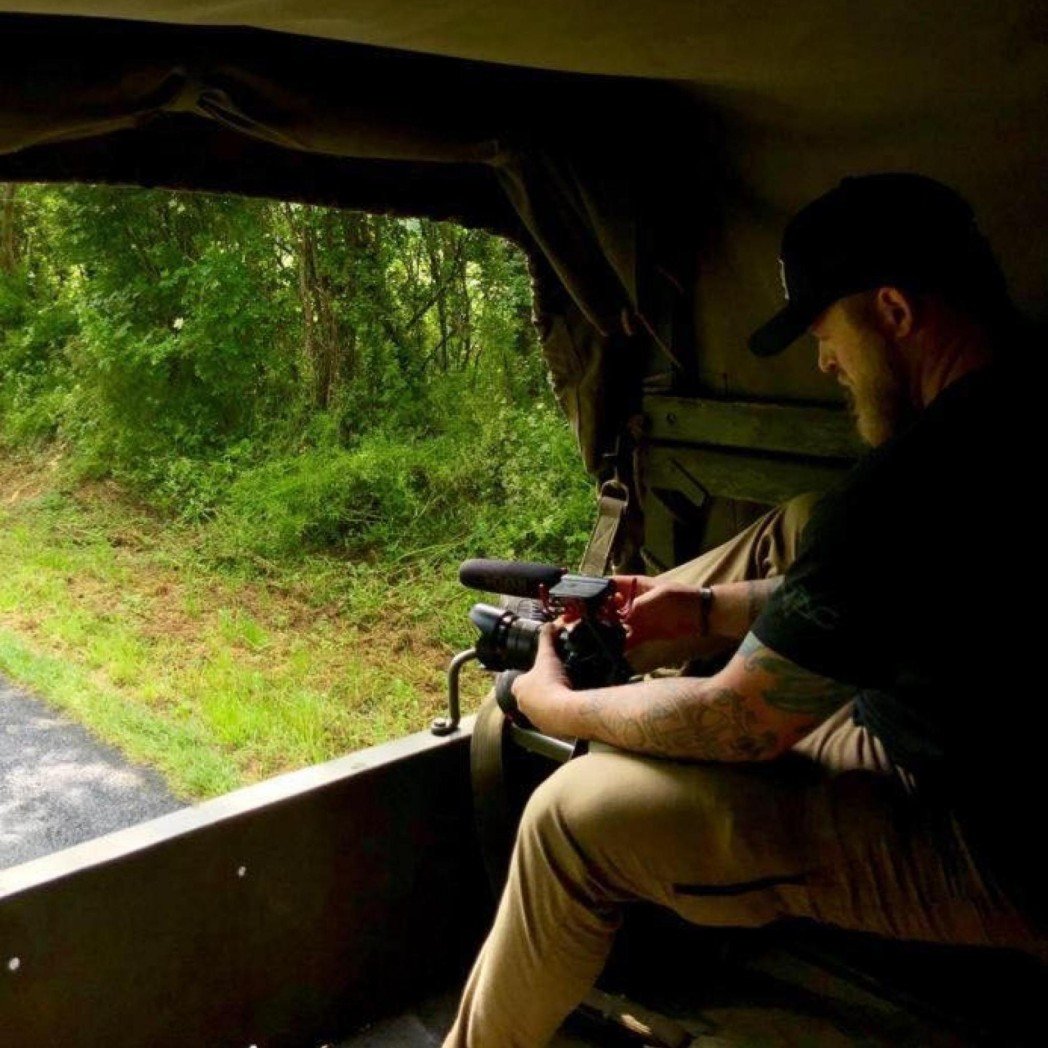
Ambulances on a call in New York City. Photo courtesy of Unsplash/Benjamin Voros.
People often simplify the work of emergency medical services (EMS) by using terms like “ambulance driver” to describe the men and women who respond to medical emergencies in an ambulance, implying that all they do is transport sick or injured patients to the hospital for treatment. While driving is part of the job for anyone who works in EMS, “ambulance driver” doesn’t come close to describing what they actually do. Although it’s pretty obvious to most why that is inaccurate — and frankly, offensive — that’s not the only misconception about the EMS career field. Another common but definitely more nuanced misconception is that emergency medical technicians (EMTs) and paramedics are the same thing.
Though the EMT title is technically correct, paramedics have much different education and training, are certified to perform higher levels of care interventions, and sometimes take offense to being called EMTs.
The National Registry of Emergency Medical Technicians (NREMT) was established in 1970 after President Lyndon Johnson’s Committee on Highway Traffic Safety requested a national certification to establish equal standards of training and education for EMS personnel. Since its creation, the NREMT “has certified nearly two million EMS providers. Today, over 400,000 individuals are currently Nationally Certified at the Emergency Medical Responder (EMR), Emergency Medical Technician (EMT), Advanced-EMT (AEMT), or Paramedic level.”

Paramedics and EMTs are subject to their medical directors’ protocols and state guidelines. The NREMT and state licensing agencies require a minimum number of education hours in various topics of emergency medicine to maintain an EMS provider’s license. But each state has its own EMS licensure process in addition to NREMT certification (with the exception of four states that do not require NREMT). For example, medical directors in Minnesota have set protocols for their EMS personnel enabling EMTs to administer medications that are outside their normal scope, as well as start IVs.
EMTs are extensively trained and educated but are limited to a basic level of care. Paramedics are able to perform higher levels of interventions, such as airway intubation, surgical airway procedures, and administering narcotics — all while assessing and treating patients with complex medical and/or traumatic conditions. The EMT certification is required prior to gaining a paramedic certification; most paramedics have worked for some time as an EMT before moving on to paramedic school.
If a patient is experiencing fluid buildup in the lungs from a failing heart, EMTs are able to provide breathing support via oxygen administration, to assist ventilations with a bag valve mask (BVM), and in some cases to use certain medications. Paramedics, on the other hand, are able to use advanced medications such as nitroglycerin infusions through an IV and with an IV medication pump.
Paramedics and EMTs are both able to set up noninvasive positive pressure via CPAP or BiPAP machines, but only paramedics can administer the medications that help a patient tolerate the pressure and decrease fluid in the lungs.
If the problem persists and airway management is needed, paramedics are trained and educated on how to intubate (place a breathing tube into the trachea), whereas an EMT can insert a basic-life-support (BLS) level airway such as a King tube or an i-gel device. Intubation typically requires sedation and paralytic medications to facilitate taking over a patient’s failing airway. EMTs are not able to use these types of medications and will have to insert the airway once a patient’s gag reflex goes away, typically when respiratory arrest occurs or breathing is minimal and unable to support life.
Paramedics are able to provide more complex treatments after complex assessment. EMTs can take on similar cases but are limited in their treatment capabilities due to their scope of practice.
Several states in the U.S. have EMS agencies that run ambulances with a paramedic and an EMT partner, comparable to the Batman and Robin dynamic. EMTs are able to assess and start BLS interventions, and paramedics take over treatment if the condition becomes more complex or falls outside of the EMT’s training. Both have a vital place in EMS and get the job done, taking care of the sick and injured to the best of their ability.

Joshua Skovlund is a former staff writer for Coffee or Die. He covered the 75th anniversary of D-Day in France, multinational military exercises in Germany, and civil unrest during the 2020 riots in Minneapolis. Born and raised in small-town South Dakota, he grew up playing football and soccer before serving as a forward observer in the US Army. After leaving the service, he worked as a personal trainer while earning his paramedic license. After five years as in paramedicine, he transitioned to a career in multimedia journalism. Joshua is married with two children.
BRCC and Bad Moon Print Press team up for an exclusive, limited-edition T-shirt design!
BRCC partners with Team Room Design for an exclusive T-shirt release!
Thirty Seconds Out has partnered with BRCC for an exclusive shirt design invoking the God of Winter.
Lucas O'Hara of Grizzly Forge has teamed up with BRCC for a badass, exclusive Shirt Club T-shirt design featuring his most popular knife and tiomahawk.
Coffee or Die sits down with one of the graphic designers behind Black Rifle Coffee's signature look and vibe.
Biden will award the Medal of Honor to a Vietnam War Army helicopter pilot who risked his life to save a reconnaissance team from almost certain death.
Ever wonder how much Jack Mandaville would f*ck sh*t up if he went back in time? The American Revolution didn't even see him coming.
A nearly 200-year-old West Point time capsule that at first appeared to yield little more than dust contains hidden treasure, the US Military Academy said.












